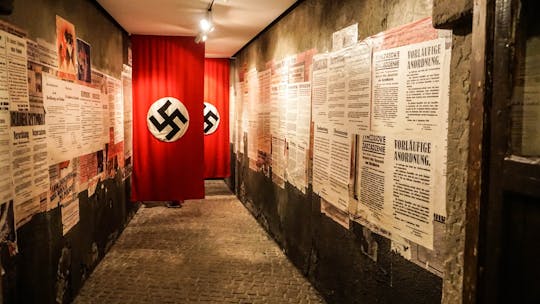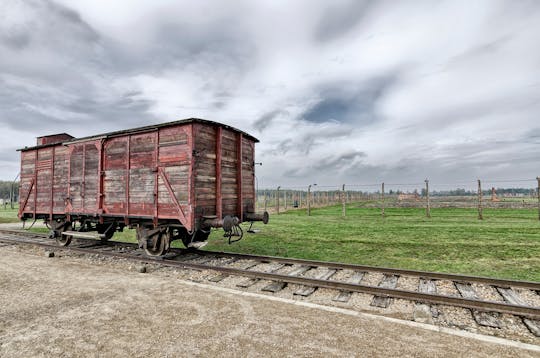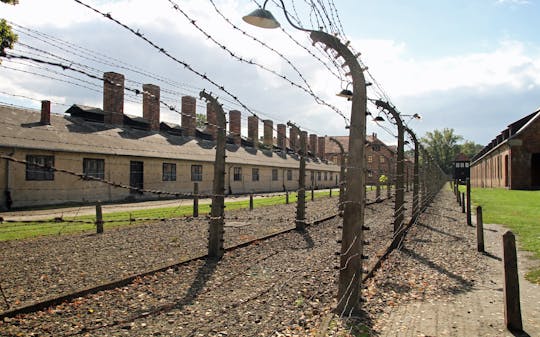While Auschwitz I and Auschwitz II-Birkenau are often what comes to mind when one thinks of Auschwitz, they represent only a fraction of the entire network. By January 1945, the Auschwitz concentration camp complex had expanded into an extensive system comprising over 40 sub-camps. These sub-camps, including Auschwitz III - Monowitz in Monowice, near Oświęcim, played a pivotal role in the Nazi regime, where prisoners were dispatched to work.
You'll visit sites such as the Judenrampe and the SS canteen, which provide haunting reminders of the daily atrocities endured by Auschwitz prisoners. These camps, scattered across the region, demonstrate how the whole area was part of a colossal complex of camps that aided the Nazi war effort.
You'll come across remnants of forced labour camps, where industrial exploitation by corporations like IG Farben resulted in countless prisoner deaths. The sub-camps were not merely labour sites but locations of immense suffering, death, and survival, often eclipsed by the notorious gas chambers at Birkenau.
The tour will also guide you to the sub-camps where prisoners laboured in severe conditions in farms and coal mines. These lesser-known sub-camps reveal the daily struggle for survival and the personal stories of those deported to Auschwitz. These stories underscore both resilience and tragedy, offering a more comprehensive understanding of the Holocaust and the concentration and extermination camp system that was the Auschwitz camp complex.










